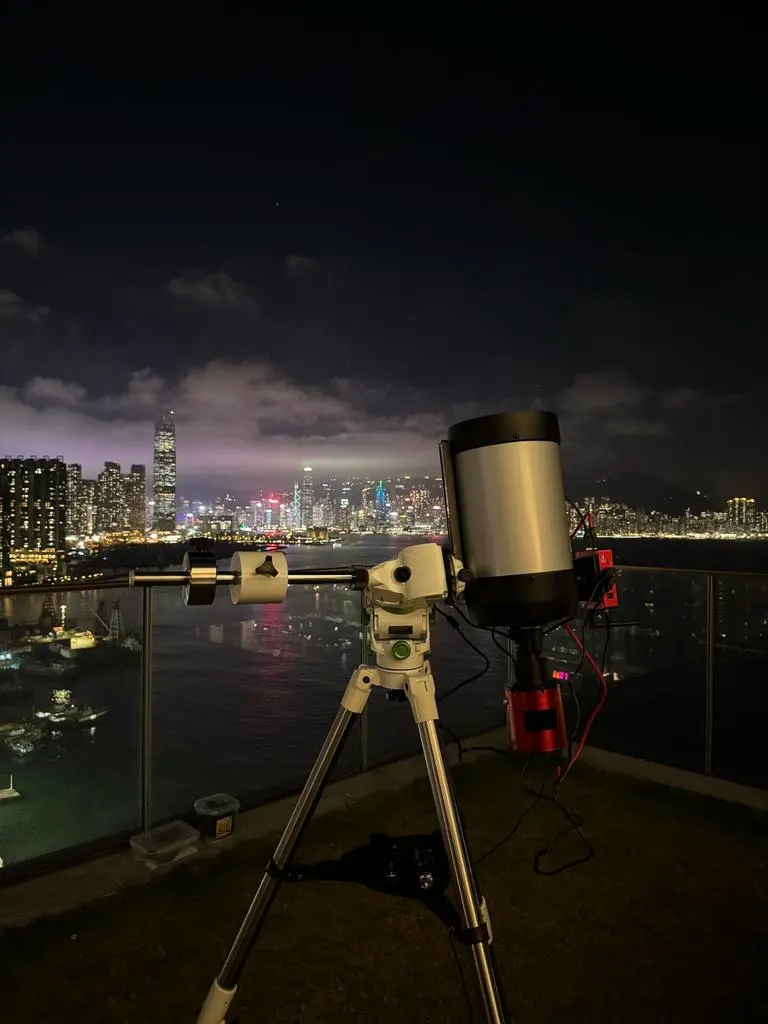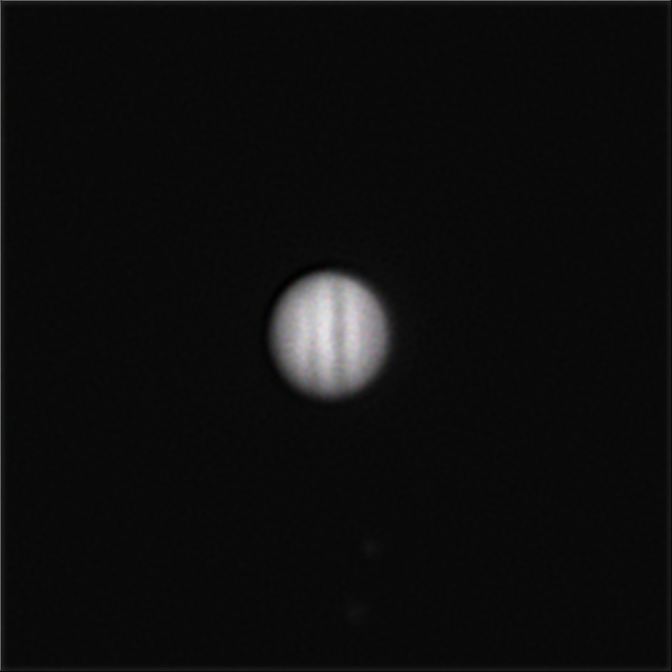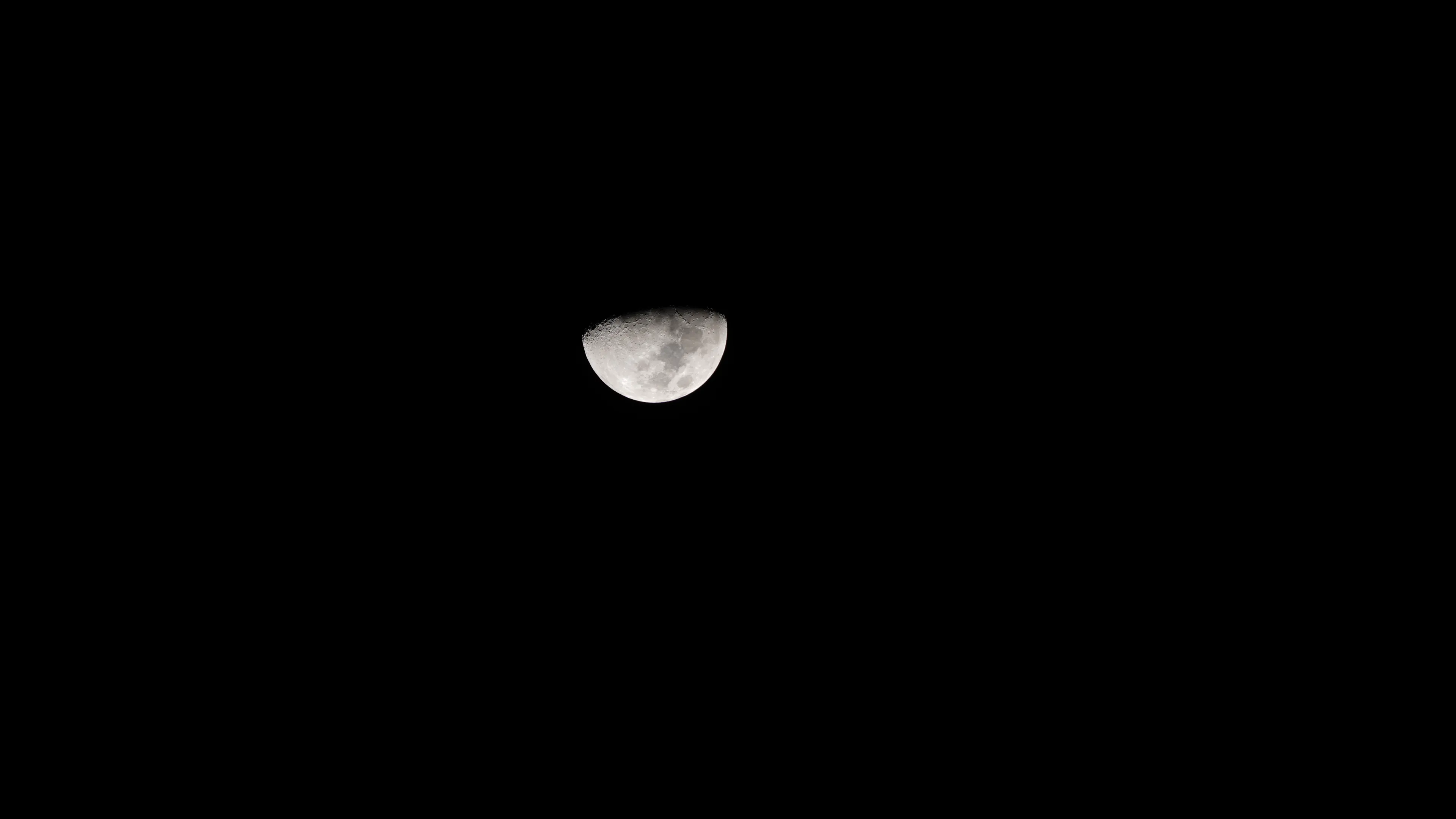Astronomy - the solitary hobby. Only if you let it be, though!
I’ve been taking astrophotographs for the past 4 months, mostly as a motivator for space. Regardless of the numerous equipment failures and cloud-covered nights I’ve seen, it’s been one of the best choices I’ve ever made. I’d even signed up for astronomy camps, hoping to get out of the city for a while, only to be met with clouds upon clouds.
With my frustrations came the question: Could I make an astronomy camp?
Where I’m from, this is almost unheard of - light pollution here makes the sky shine at an ambient magnitude of 10, making it almost impossible to see anything other than the moon and some planets. It’s absolutely terrible knowing that kids here have to go almost 2 hours out just to see stars - which the local pace of life these days doesn’t permit.
I ignored all of that and went ahead with the ‘camp’. Friends were invited, plans made, and we all decided on one rooftop (of the many) that’d serve as the base for our space-based exploits for the night.
The plan was to let others take photos of the moon - the brightest, most beginner-friendly object in the night sky. All the while, I’d be taking my own photos of Jupiter, the second hurdle for any planetary photographer. Setting up, focusing and taking some daytime lunar images took around 45 minutes. The sun was setting, the sky grew darker, everything was in place for the perfect planetary photo.

With the perfect setting came the imperfect execution - it’s always human error. First, it was the ASIAIR, the red box that controls much of the aligning and imaging for me. The general convention for planetary photography is for enthusiasts to take long, raw videos and use dedicated software such as AutoStakkert! to stack the individual frames. This helps reduce the noise seen in photographs and increases the resolution on the planets you image! This time around, the live video feed just returned a blank, and regardless of what I tried, it wouldn’t go away. In hindsight, setting the exposure time to microseconds wasn’t the best idea…
During the three hours I was there, I was able to get around 112 photos of Jupiter. With post-processing, I could make out details within the bands, though the colours needed some work. Regardless, the moon photos turned out pretty well - they were really clear, especially for first-timers.
It’s been the highlight of my life to have been able to host this. The city growing quieter with every minute, on a dark rooftop with friends, taking pictures of far flung planets and stars… Naturally, it’s not easy running the club either. Astrophotography attracts a certain breed of person - it can seem a daunting task, especially when the hobby is viewed as time to spend for yourself. Even then, with a hobby as technically demanding and frustrating as this, just the slightest nudge of encouragement can go a long way - even from the layman.

Moon photos below - released with permission. With a DSLR/Mirrorless camera, you could be taking this right now - nothing’s stopping you! I wonder where this will take me…?

Like what you see? Feel free to subscribe to my blog to receive updates whenever we post.